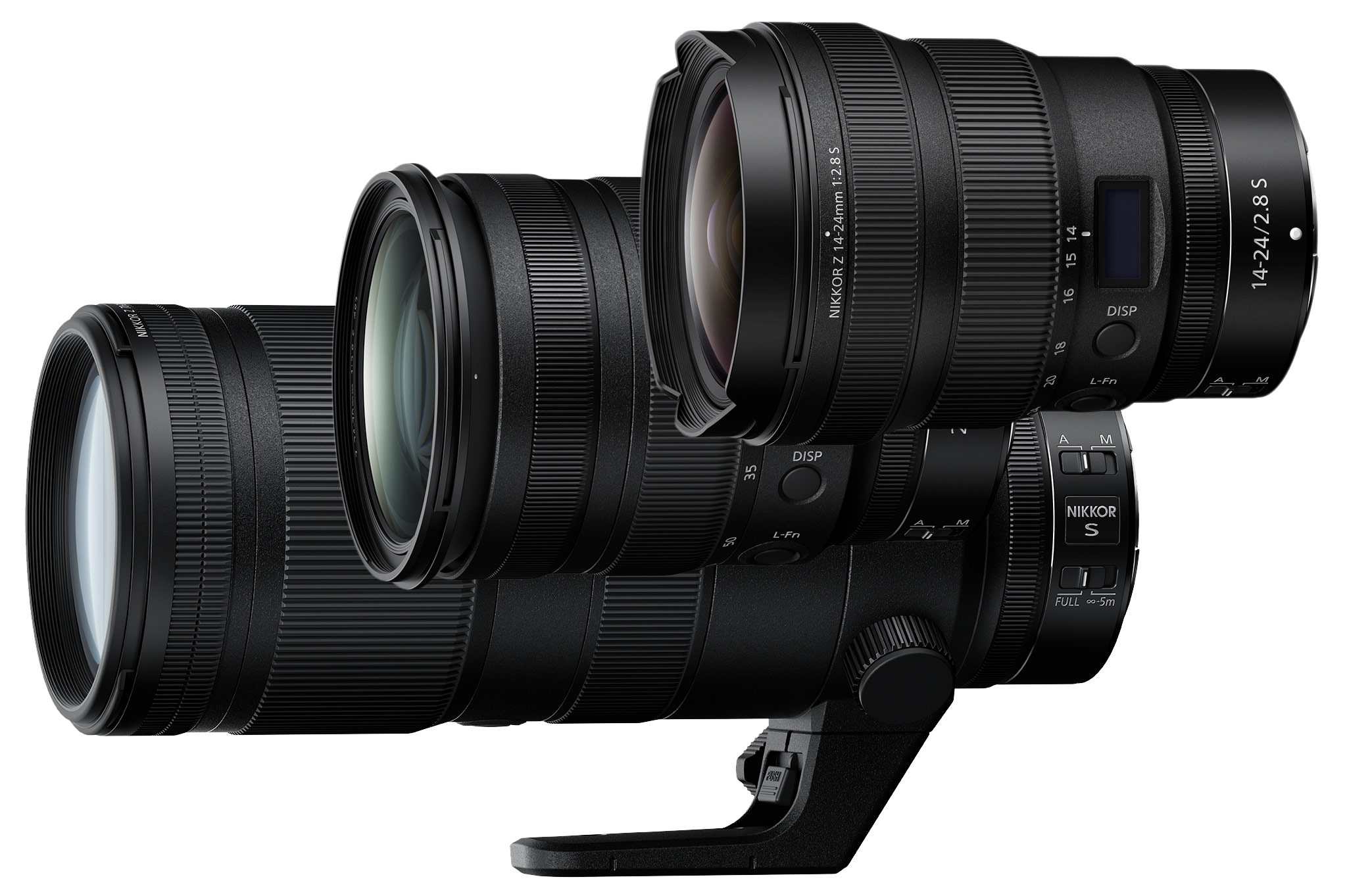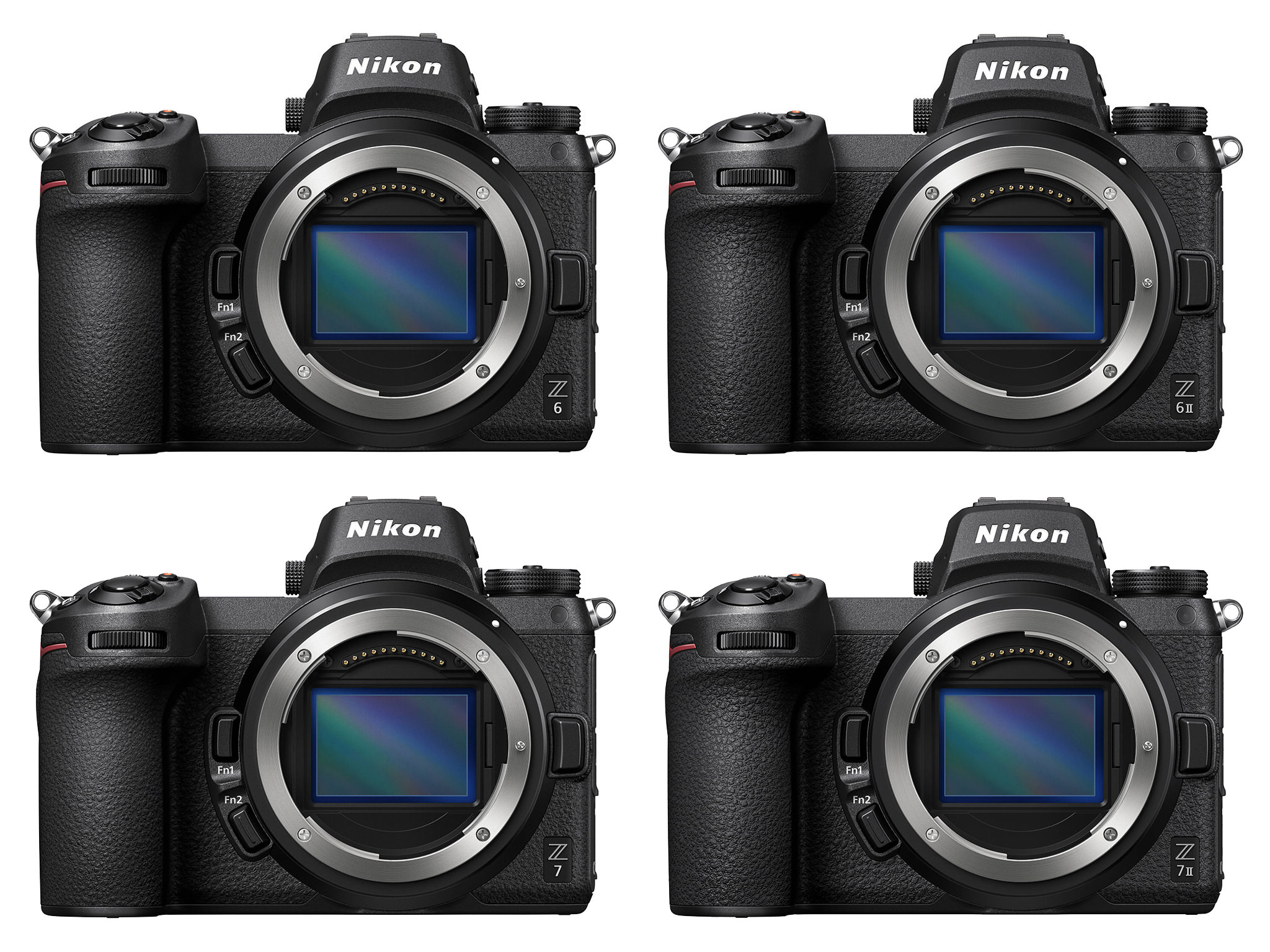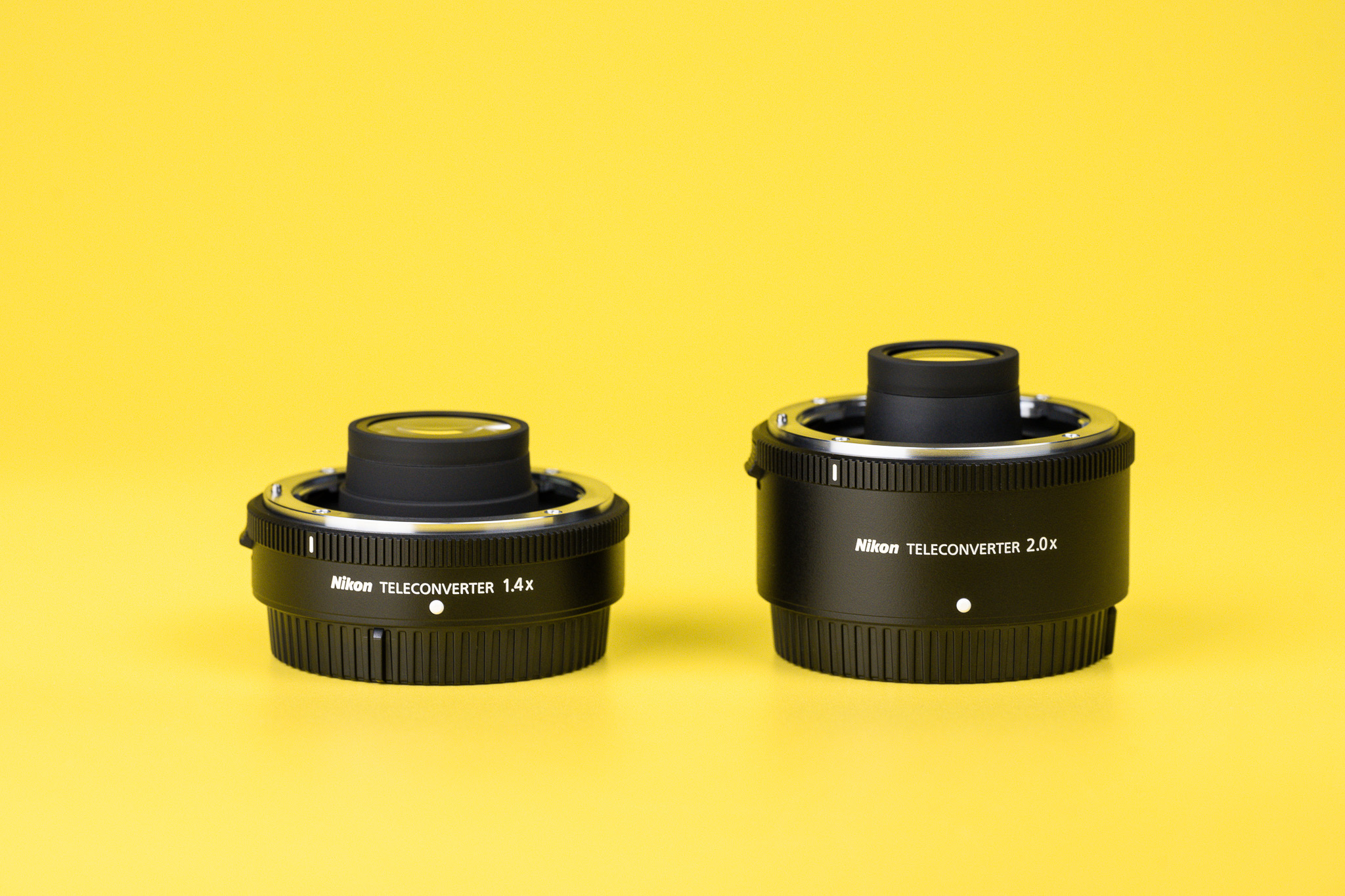Dmacfarl
Active member
Ho
Well. I’ve gone to the Z8. I am an experienced photographer. Not pro, mostly wildlife, landscape and some Astro. Fir my Ken pleasure. Some prints but I don’t sell.
Looking at the rather large price differential between “normal” Z lenses vs the S line, my question is - is there really that much of a difference. ? Especially compared to the F mount lenses…
Well. I’ve gone to the Z8. I am an experienced photographer. Not pro, mostly wildlife, landscape and some Astro. Fir my Ken pleasure. Some prints but I don’t sell.
Looking at the rather large price differential between “normal” Z lenses vs the S line, my question is - is there really that much of a difference. ? Especially compared to the F mount lenses…





